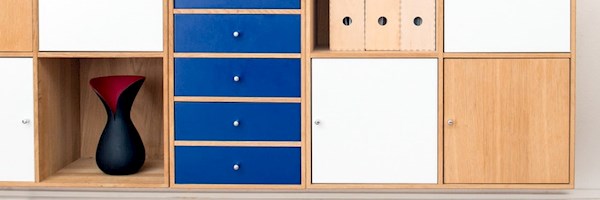David Seinker, founder and CEO, The Business Exchange
In an efficiency-obsessed world, productivity and optimisation is the currency that professionals seem to live and die by. We’re constantly seeking ways to more effectively utilise our time, manage our projects, “use” our downtime, and upskill for an advantage over our colleagues in the next virtual cubicle.
Japanese organisational guru Marie Kondo, of KonMari/“spark joy” fame, took the world by storm a second time with her book, Joy at Work: Organizing your Professional Life, in which she suggests that eliminating clutter from your desk is a sure-fire way to increase productivity. She’s not the first to suggest that our physical environment impacts our professional output; interior designers, organisational psychologists and even colour therapists have been at work for years trying to convince us of the value of designing for productivity.
Within this quest for efficiency, it’s worth considering the contribution of the physical space in which we work, particularly as work-from-home relocates large numbers of employees from the traditional workspace, leaving them to, essentially, work wherever they like… or can. Today’s socially-distanced reality is that, in many instances, we have to work wherever we find a suitable space, be that in a purpose-built home office, at the kitchen counter, or even in a corner of the garage. WFH has endless benefits, but it hasn’t necessarily taken account of the fact that most people simply don’t have the space in their homes for a private office - with ambient sound, ergonomic office furniture, the ideal room temperature and matching stationery, and the like.
Less clutter, more culture
But what if our thinking needs to focus less on the clutter that crowds our workspaces and more on the culture that underpins a good work ethic, team efficiency and a high level of job satisfaction among teams. “Culture eats strategy for breakfast” is a well-known axiom that suggests culture has a profound impact on every aspect of an organisation. Culture is reflected in how things are done, in the chemistry between people in a workspace, and is centred on common beliefs and values. Surely this points to the importance of maintaining company culture and, as both managers and employees, contributing to a positive culture that assesses performance as the only measure of productivity, and nurtures a high-performance culture within an environment that, even if it is virtual, promotes excellence.
This observation is underpinned by one of the findings of the Back-to-Work survey we undertook towards the end of 2020, which saw the majority of respondents cite “interactions with other people” as the thing they most miss about the office.
Hello hybrid solution
One of the things that quickly became apparent after the great WFH transition last year is that remote work wasn’t quite the panacea we all envisioned at the start of the first lockdown - and that flexibility is really what employees want. As highlighted by the survey and a plethora of anecdotal evidence, staff can design, clean and rearrange their spaces every day of the week, but it’s the chemistry of the office and the interactions with others that ultimately make for a productive workspace.
As such, the answer lies neither in working from home permanently, nor in a full-time return to the office. A hybrid model, then, emerges as the most effective solution for employers and employees alike, offering the flexibility of working from the office on certain days, and remotely on others.
One option we see working particularly well for businesses is distributing their staff amongst co-working spaces that provide all the facilities they need, and which are regularly cleaned and sanitised. Offices that are designated to individual companies or teams, and arranged to minimise the risk of unnecessary interaction, reduce the risk of cross-infection, while making it easy to retain company culture and organisational values.
The serviced office model sits comfortably within this solution, and is growing in popularity across the globe. It’s an especially attractive alternative for companies concerned about being tied down by long, inflexible leases in the current fast-changing reality. When they choose the option of a fully-serviced professional office in which to pursue this hybrid approach, they also save on rental costs thanks to more efficient utilisation of space and associated costs, including large fit-outs, furniture and even IT infrastructure.
With the pandemic far from over, and the workplace landscape unlikely to ever return fully to what it was pre COVID-19 anyway, business leaders will have to be strategic about many things, including recreating those so-called “watercooler moments”. As human beings, we rely on interaction and engagement with others to spark creativity, boost our energy and assure our well-being. The challenge we now face is how to effectively continue reaping these benefits in a remote working situation. Fortunately, there are many innovative ways in which to do so.
